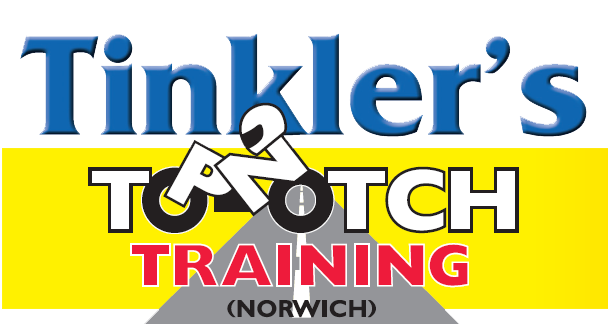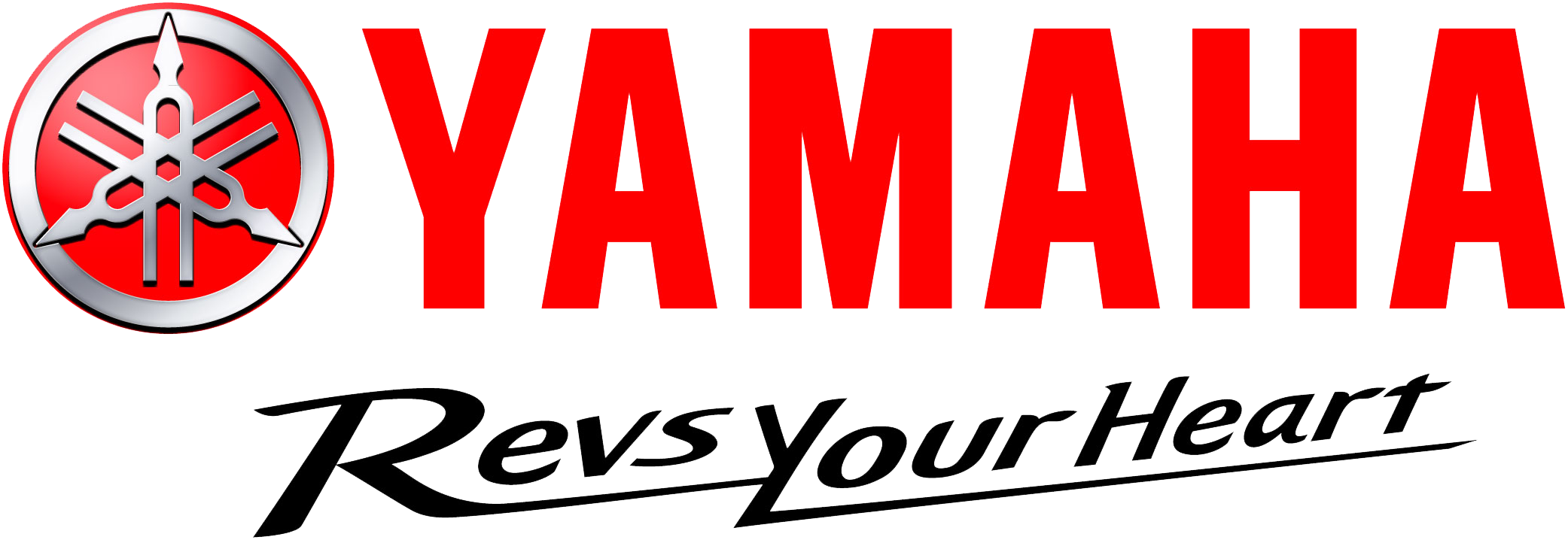KEEP LEGAL
It is your responsibility as a motorcyclist to know and understand the legal implications of being a road user. The information given in this section is by no means exhaustive. You will find further information on the DVLA website and the DSA website.
For a online version of the Highway Code click here.
There are a number of laws that govern both you and your motorcycle.
RIDER/OWNER LAWS
You must hold a valid current licence for the motorcycle you intend on riding on the road.
You must wear a certified crash helmet at all times
YOUR MOTORCYCLE, TO BE RIDDEN ON THE ROAD MUST BE;
MOT’d (Vehicle Roadworthiness Test)
Taxed (Road Fund Licence)
Insured (Third party minimum)
HAVING THE RIGHT LICENCE:
MOTORCYCLES
If you have a provisional motorcycle licence, you MUST satisfactorily complete a Compulsory Basic Training (CBT) course. You can then ride a motorcycle up to 125 cc with a power output not exceeding 11 kW on the public road, with L plates (in Wales either D plates, L plates or both can be used), for up to two years.
Under direct access you can practise on a motorcycle that exceeds 125 cc provided that:
- you meet the minimum age for the category concerned
- you’re accompanied at all times by a qualified approved trainer, who is on another motorcycle and in radio contact with you
- fluorescent or reflective safety clothing is worn during supervision
- red L plates (D plates in Wales) are fitted and provisional licence restrictions followed.
To obtain your full motorcycle licence you MUST pass a motorcycle theory test and then a practical test. Law MV(DL)R regs 16 & 68
A1 motorcycle licence: At age 17 or over, you take a test on a motorcycle without sidecar of between 120 and 125 cc. If you pass you may ride a motorcycle up to 125 cc with power output up to 11 kW, or a motor tricycle with power not exceeding 15 kW.
A2 motorcycle licence: At age 19 or over, you take a test on a motorcycle without sidecar of at least 395 cc with a power output of at least 25 kW but not exceeding 35 kW. If you pass, you may ride any motorcycle not exceeding 35 kW and with a power to weight ratio not exceeding 0.2 kW/kg.
Full A motorcycle licence: Test taken on a motorcycle without sidecar, of at least 595 cc and an engine power of at least 40 kW. This gives you full access to all motorcycles and motor tricycles. You obtain a category A licence by taking progressive access from age 21, or under the direct access scheme from age 24.
Category A under progressive access: You can take a category A practical test at age 21 if you already have an A2 licence that you’ve held for a minimum of two years. You don’t need to take another theory test or hold a CBT certificate.
Category A under direct access: This is for riders aged 24 or over. To obtain a category A licence you must:
- successfully complete a CBT course
- pass the motorcycle theory test
- pass the practical motorcycle test.
Passing the practical test on a motorcycle of at least 40 kW (53.6bhp) gives immediate access to all sizes of motorcycle.
You MUST NOT carry a pillion passenger or pull a trailer until you have passed your test.
Law MV(DL)R reg 16
MOPEDS
A moped MUST have an engine capacity not exceeding 50 cc, not weigh more than 250kg and be designed to have a maximum speed not exceeding 28mph (45 km/h). Before June 2003 a licence allowed the riding of mopeds up to 50km/h.
To ride a moped, learners MUST:
- be 16 or over
- have a provisional moped licence
- complete CBT training
You MUST first pass the theory test for motorcycles and then the moped practical test to obtain your full moped licence. If you passed your car driving test before 1 February 2001 you are qualified to ride a moped without L plates (and/or D plates in Wales), although it is recommended that you complete CBT before riding on the road. If you passed your car driving test after this date you MUST complete CBT before riding a moped on the road.Laws RTA 1988 sects 97(e) & 101 & MV(DL)R regs 38(4) & 43
HELMETS
You must wear a safety helmet when riding a motorcycle on the road. All helmets sold in the UK must comply with at least one of these:
- British Standard BS 6658:1985 and carry the BSI(British Standards Institution) Kitemark
- UNECE Regulation 22.05
- Any standard accepted by a member of the European Economic Area which offers a level of safety and protection equivalent to BS 6658:1985 and carry a mark equivalent to the BSI Kitemark
If you need glasses or contact lenses to read a number plate at the prescribed distance, you must wear them when you ride.
MOT TESTING
If you drive a vehicle on the road you must keep it in a roadworthy condition. The MOT test checks that your vehicle meets road safety and environmental standards.
WHEN TO TEST
You must get an MOT test every year once your motorcycle is 3 years old.
You can then renew your MOT up to a month before it expires. The earliest date you can get your vehicle tested is printed on the pass certificate.
TAX (ROAD FUND LICENCE)
The tax you pay to keep your motorcycle on the road can only be aquired for a vehicle which is both insured and MOT’d. If a motorcycle does not have a current tax disc, it MUST be stored off the road and declared SORN (Statutory Off-Road Notice). This can be done on the DVLA website or from picking up a form from a post office.
INSURANCE
You have to have motor insurance before you can drive on public roads.
Third party insurance is the legal minimum. This means you’re covered if you have an accident causing damage or injury to any other person, vehicle, animal or property. It doesn’t cover any other costs like repair to your own vehicle.

